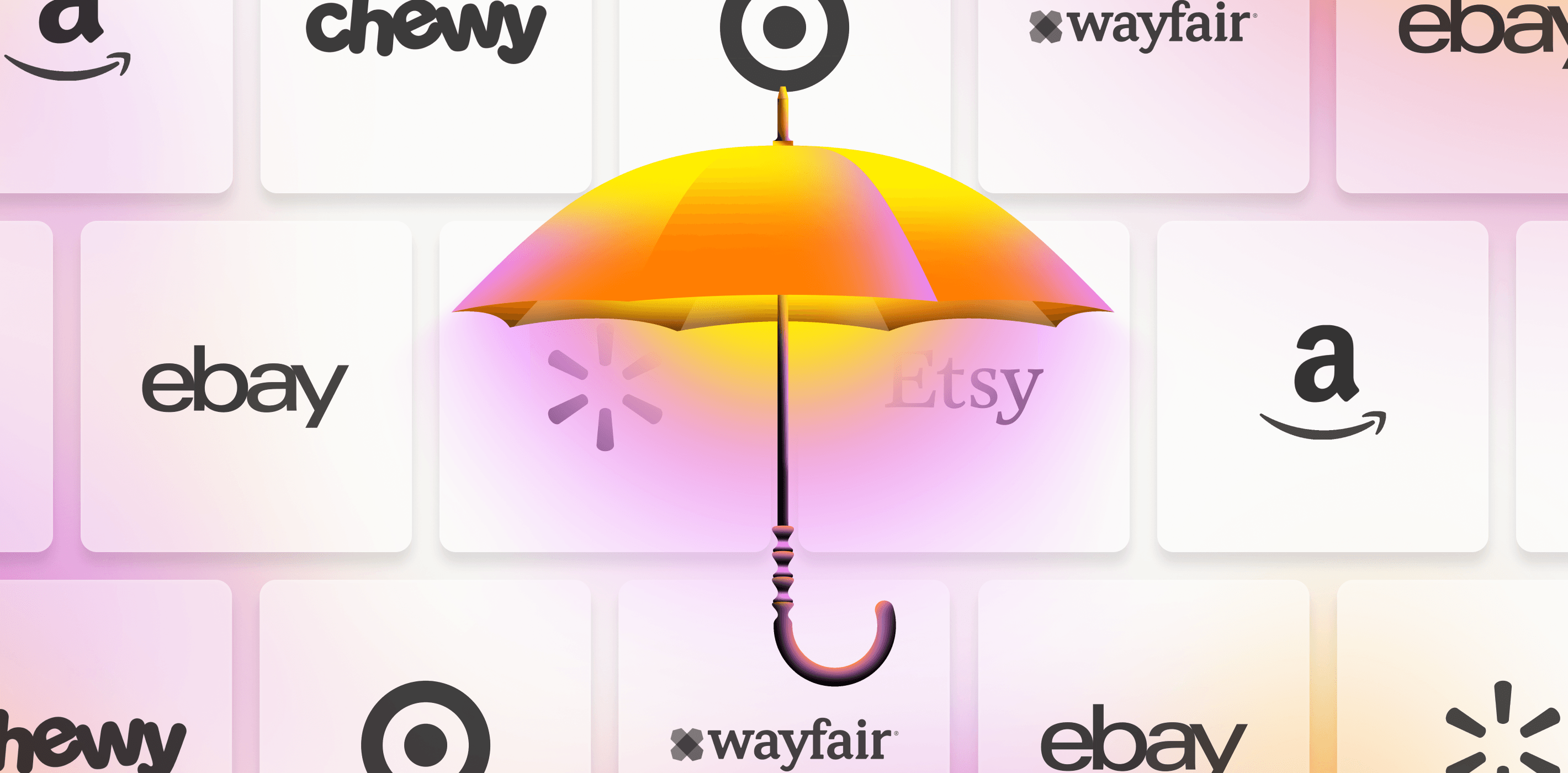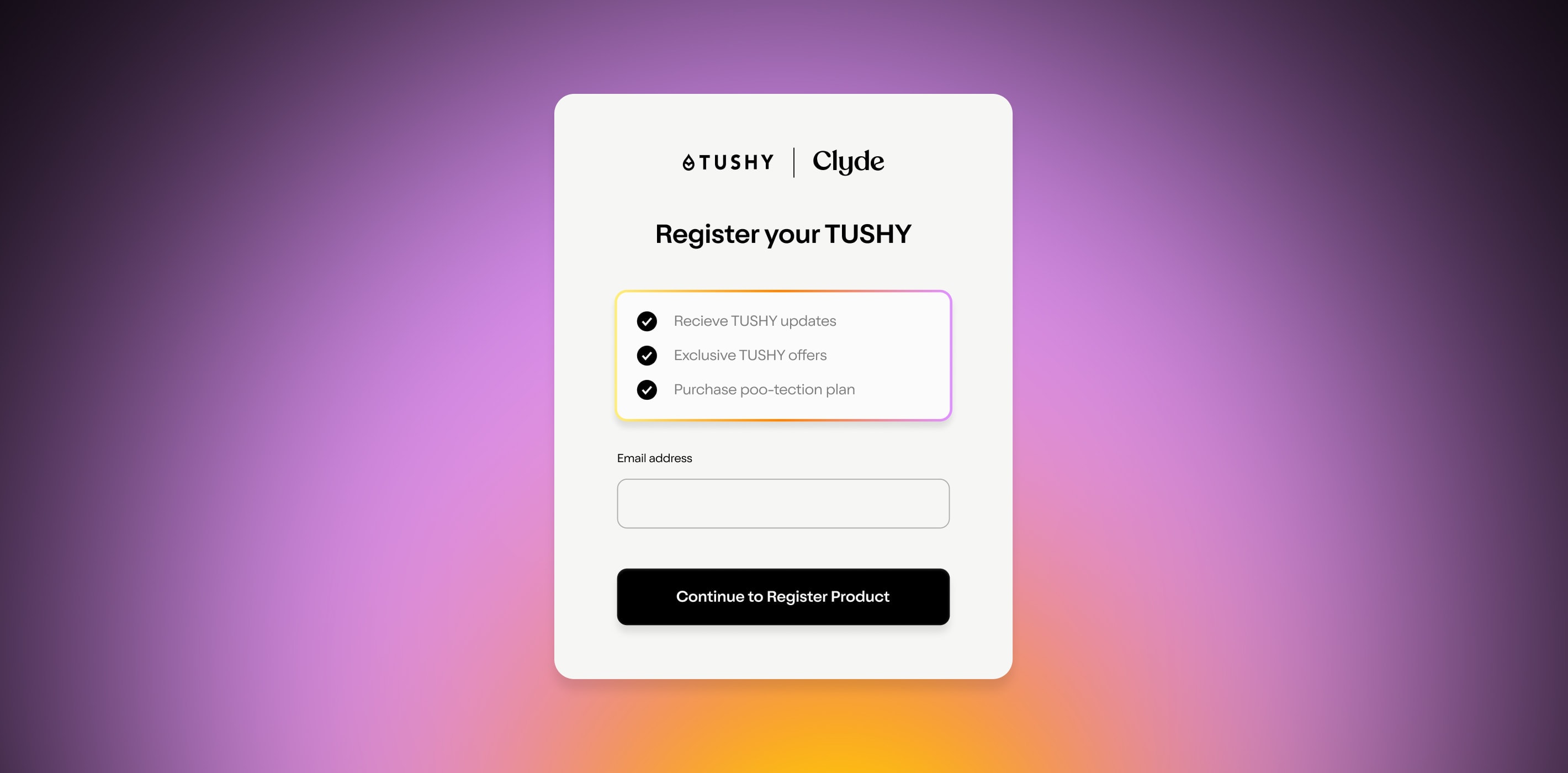Every quarter, Rachel Syme, a staff writer at the New Yorker and a self-proclaimed older millennial takes to Twitter and asks her audience a version of one question :
What’s something you bought recently—and importantly, that isn’t prohibitively expensive—that has made your life better or brought you joy?
Every time she asks, hundreds of people pour into her mentions to recommend their favorite purchases: KFC-themed jewelry; disco ball planters; weighted blankets; remote control Kindle page turners.
And thousands more people favorite the threads so they can pursue the suggestions at their leisure, adding fan favorites to their own wishlists and shopping carts.
The threads are a reminder of two things.
First, that the things we buy can and should bring us joy.
And second, that for many people of Syme’s generation—myself included—bigger purchases, like homes, are further out of reach . Instead, we’re spending $50 (or $100 or $1,000) on things to make our (usually rented) environment cozier, more enjoyable, or more welcoming. We’re using our purchases to build our identities in a way that older generations might’ve done by becoming homeowners.
That’s from the consumer point of view.
From the retailer point of view, anyone looking to win and keep younger generations’ attention and disposable income clearly needs to understand where those consumers are coming from.
It’s not enough to make a great product. Millennials are already on the hunt for that: eight out of 10 don’t buy anything online without reading a review, found a 2018 study . Brands need to do more to stand out.
We’re calling it: the time of ownership enrichment is upon us. Successful retailers will be the ones who create a thoroughly enjoyable experience for the owners of their products. That might include:
Highlighting what social impact the brand or product makes with the revenue they get from customer purchases
Fostering a community of owners who can connect and learn with each other after purchasing
Creating unique experiences that bring the brand’s values and community to life for continued engagement with buyers over time
Facilitating product registration that delivers extras like instructions, exclusive content, and discounts once customers get their purchase
Offering purchase protection or extended warranties to ensure purchases are covered in the case of accidents or issues
Improving customer service systems and ensuring customers have a great experience if they end up needing help
Investing in personal recommendations, using first-party data (and maybe some AI help, too) to know what customers might need almost before they do
Here, we’ll look at what we know about the shifting priorities of millennial and Gen Z buyers—and how these consumers care more than ever about spending their money on things and with companies that reflect who they are.
Going back: the financial picture of millennials and Gen Z
The headlines summarizing the state of financial affairs for millennials and Gen Z in 2022 are all pretty terrible—and accurate:
“Millenials Are Running Out of Time to Build Wealth .”
“Millennials, Gen Z are putting off major financial decisions because of student loans, study finds .”
“Is the middle class dead for millennials and Gen Z? ”
But how did we get here?
A brief recap, summarized from this Bloomberg deep dive and other cited sources:
When the 2008 financial crisis hit, the oldest millennials were 27 and the youngest were 12.
Those who had already finished college were saddled with too much student debt to buy a home, and those who graduated in the next few years found themselves in the same position—but with even lower salaries, since median incomes dropped until 2012.
And remember that the cost of college has never been higher: on average , boomers paid $40k for an undergraduate degree from a public college; millennials, $70k; and Gen Z is paying $90k.
The Great Recession meant a tight labor market and sky-high mortgage rates. But even as the housing market recovered, salaries didn’t, meaning even millennials who had worked through the recession didn’t have the spending power to afford a home.
By 30, only 42% of millennials own a home, compared to 48% of Gen Xers and 51% of baby boomers.
And now, after another crisis—this time a pandemic—has disrupted the world’s markets, millennials and Gen Z find themselves locked out once again.
Home values are soaring as inflation rises, leaving millennials and Gen Z behind. As of 2022, millennials can afford homes above the median price in only 34% of the most populous U.S. counties. And Gen Z? They can afford homes in 0%, per research .
That report included some pretty detailed graphs, but I’ve chosen to give you different visual elements to summarize those findings instead in the form of two viral Tweets, as is my millennial wont:
Consumers in their 20s, 30s, and early 40s have less income at a time where education and housing have never been more expensive.
The Fed has called millennials a “lost generation,” noting that they came of age in the worst economic environment since the Great Depression.
They’ve also lived through a recession and a global pandemic that have disrupted the status quo and shown them that “business as usual” doesn’t always work out in the interest of the masses. They are more likely than other generations to choose brands based on what lines up with their own values and self-image . As McKinsey leaders found , Gen Z is accelerating trends that millennials started around focusing on sustainability, company values, emotional connections with brands, and individuality.
And we’ll only keep going in that direction, as Gen Z grows up and starts making more purchasing decisions of their own. (Right now, the youngest Gen Zs are 10 and the oldest are 25.)
As McKinsey partner Bo Finneman says: “I’m not a Gen Z, but I could learn from that degree of value to say, ‘If I’m going to spend money, big or small, I want to make sure it’s going toward something I believe in. And in addition, if I’m going to be presenting it as attached to myself, I want to feel even more pride that it’s something that I am connected to.’”
Going forward: what products do millennials and Gen Z build their identity around?
OneZero reported in 2020 on millennials’ obsession with Zillow, arguing that “as homeownership becomes less of a reality and more of an illusion, many of us resort to merely imagining ourselves in our own homes via the internet.”
That same year, The Atlantic wrote about the millennial desire to show upward mobility by investing in fancy furniture (for their rented apartments) (even if all they could afford were the cheapest things offered by a given brand, or less-expensive knockoffs).
As suggested by both stories, a lot of where millennials are spending money is on home goods. 88% of them spent money on home furnishings in 2021, as did 75% of Gen Z, beating out Gen X (70%) and baby boomers (60%), even though those older generations are much more likely to own their homes.
But it’s not just on things to fill their rented homes. Per a 2021 survey, when Gen Z and millennial spenders have disposable income, they spend it on:
Electronics and technology
Health and wellness
Travel and experiences
Personal care
Dining out
(And yes, home goods and furniture)
Some of those spikes were likely pandemic influenced. A 2021 Bureau of Labor Statistics report on consumer spending across generations in 2020 found that:
People spent 49% more on entertainment supplies and equipment,
21% more on toys, hobbies, and playground equipment,
And 19% more on household supplies.
But even as the economy starts to recover from the pandemic, the trends we are seeing now are here to stay.
Millennials and Gen Z, now used to using their purchases in areas like furniture, technology, and health and wellness products and equipment as ways to express themselves and make themselves feel at home, wherever they are, won’t stop doing so anytime soon. First because they can’t afford to express themselves in different ways, like by buying expensive houses or cars.
And second—and perhaps more importantly—because they value experiences over things .
Which is why brands who provide incredible ownership experiences through 360 servicing, worry-free extended warranties , and interactive brand events and communities will find customers for life—even in these most discerning of generations.
SIGN UP FOR OUR NEWSLETTER


















